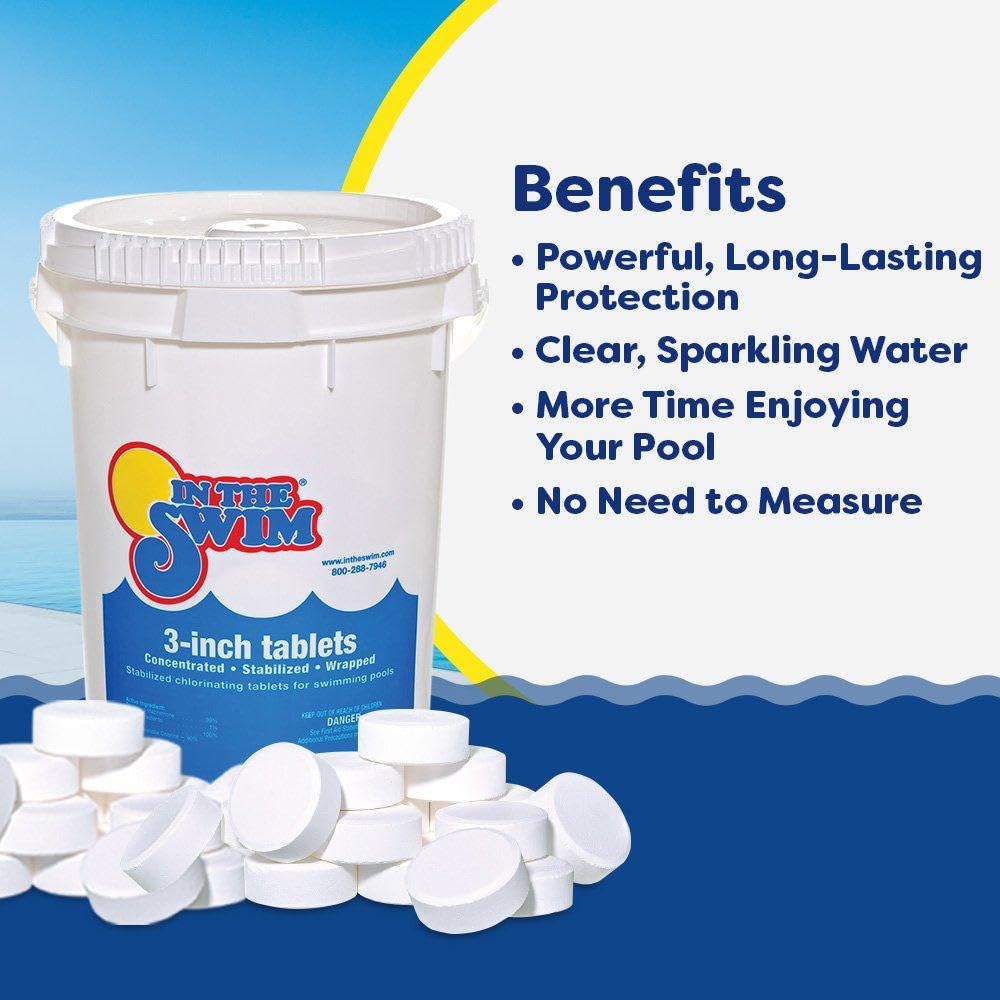Maintaining a clean and safe swimming environment requires the regular addition of chlorine to pool water. This powerful disinfectant plays a crucial role in eliminating harmful bacteria and algae, ensuring the water remains safe for swimmers. However, after adding chlorine, it's essential to wait a certain period before diving back in. This article delves into the specifics of this waiting period, offering detailed guidance to ensure both safety and enjoyment in your swimming experience.
Understanding Chlorine Levels
The Role of Chlorine in Pool Maintenance
Chlorine serves as the frontline defense against a wide array of contaminants in pool water. By breaking down bacteria and other harmful organisms, chlorine keeps the water clean and prevents the spread of diseases. Regular monitoring of chlorine levels is crucial to maintaining a safe swimming environment, as both low and high concentrations can pose risks.
Recommended Chlorine Levels
For residential pools, the ideal chlorine concentration falls between 1 to 3 parts per million (ppm). Maintaining this balance is essential for ensuring the water is safe without causing irritation to swimmers' eyes and skin. Public pools often maintain slightly higher chlorine levels due to the increased number of users and the resultant higher load of contaminants.
Determining the Safe Time to Swim
After adding chlorine to your pool, a certain waiting period is necessary before it's safe to swim again. This interval allows the chlorine to effectively distribute throughout the pool and neutralize harmful contaminants.
Factors Influencing the Waiting Period
Several factors can affect how long you should wait after adding chlorine:
- Type of Chlorine Used: Liquid chlorine integrates into the water more quickly than chlorine tablets or granules.
- Pool Size and Volume: Larger pools may require more time for the chlorine to disperse evenly.
- Water Temperature: Warmer water can accelerate the dispersal and effectiveness of chlorine.
- Sunlight Exposure: UV rays from direct sunlight can decrease chlorine levels, potentially reducing the waiting time.

Guidelines for Safe Swimming
As a general rule, waiting at least 20 to 30 minutes after adding liquid chlorine is advisable if you're aiming for immediate use. However, for chlorine tablets or granules, the recommended wait time extends to a few hours or until chlorine levels stabilize within the safe range of 1 to 3 ppm. You can determine the exact moment it's safe to swim by testing the water with a chlorine test kit.
For those seeking detailed guidelines on how long do you wait to swim after adding chlorine, specific resources are available that delve into the intricacies of chlorine management in pool water.
Conclusion
Ensuring the safety and cleanliness of your pool requires patience and adherence to recommended waiting periods after adding chlorine. By understanding the factors that influence these guidelines and regularly testing your water, you can enjoy a safe and pleasant swimming experience. Remember, the key to a healthy pool lies in the balance of its chemical composition.